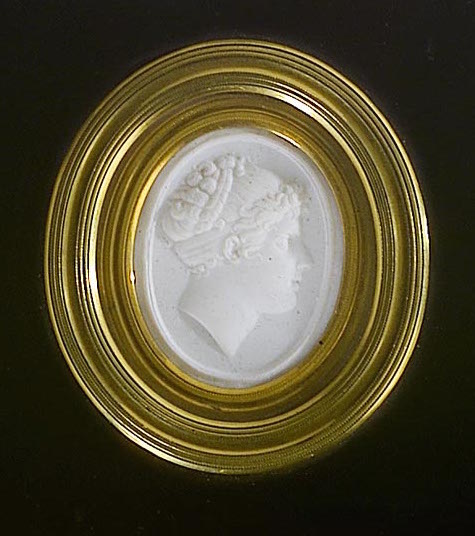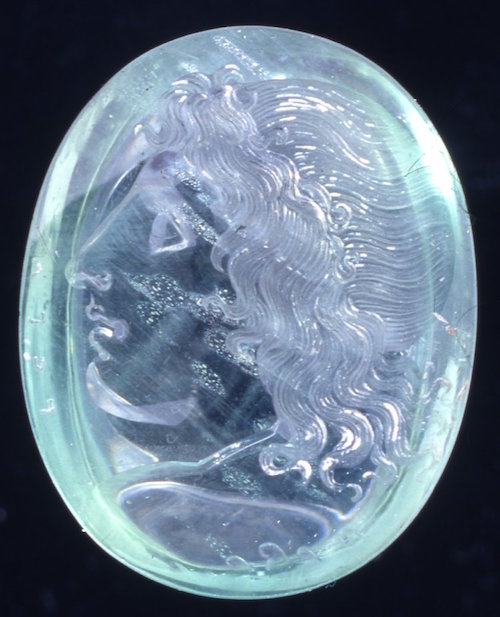Gem-engraver and medalist Filippo Rega was born on 26 August 1761 in Chieti, a central-Italian town then in the Bourbon Kingdom of Naples. After working in Rome from 1776 to 1787, he moved to Naples, where he gained important commissions from the Bourbons. His success continued when the Bourbons were deposed by Napoleon in 1805, and when the Congress of Vienna restored the former dynasty.
Rega’s cameo portraits were particularly successful among collectors of Graeco-Roman antiquities such as William and Emma Hamilton. Equally notable are the artist’s mythological engravings on gems and hardstones. He usually signed his works in Greek letters, thus completing the illusion of antiquity created by his style and technique.
The artist also worked for the mint of Naples, which he directed from 1829 to his death in 1833. He designed both commemorative medals and everyday coins, for example the new silver coin introduced by Ferdinand IV in 1805.
Reference: Lucia Pirzio Biroli Stefanelli. “Rega, Filippo.” Grove art Online. Oxford art Online. Oxford University Press. http://www.oxfordartonline.com/subscriber/article/grove/art/T071109.
Portrait of Lady Emma Hamilton, early 19th century, vitreous paste cameo. London: National Maritime Museum. Photo credit: National Maritime Museum.
Head of Jupiter, early 19thcentury, onyx. New York: The Metropolitan Museum, the Milton Weil Collection, 1940. Photo credit: The Metropolitan Museum.
Head of a nereid, early 19thcentury, beryl. London: The British Museum. Photo credit: The British Museum.
Ferdinand IV’s 120 grana coin, 1805, silver.




